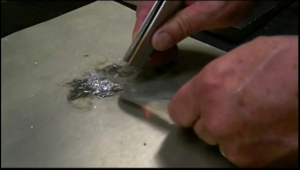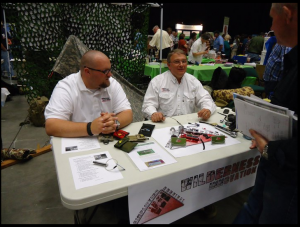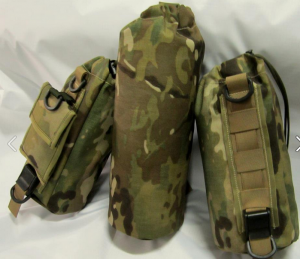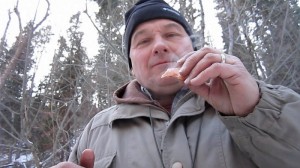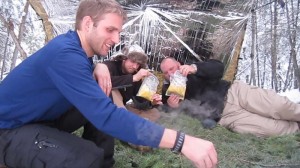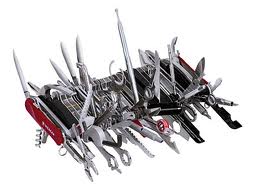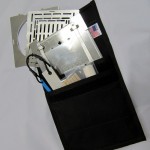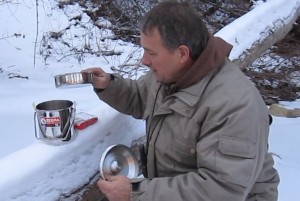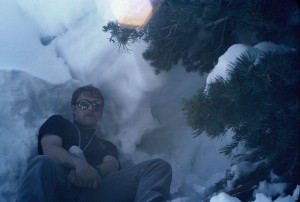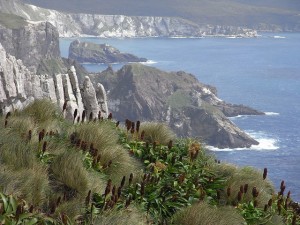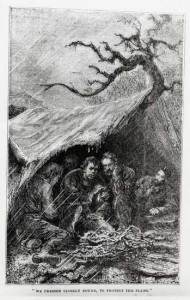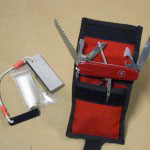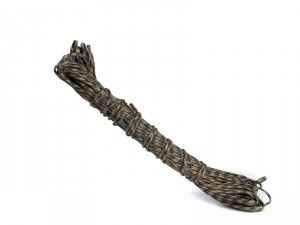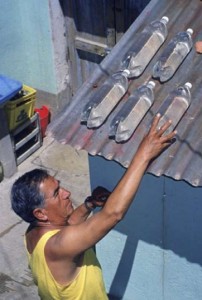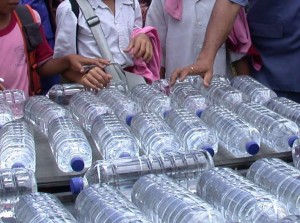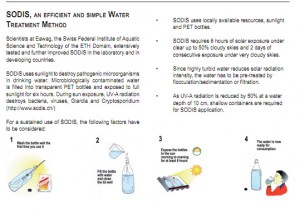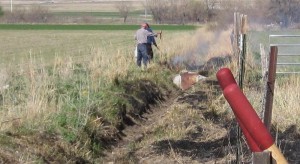
Why did we do that? If you don’t live in the West or where farms are watered by ditch irrigation, this may be unfamiliar to you.
During the year grass and weeds will gradually grow in the ditches, in the fall this all dies off. To assure good water flow to the crops all this dead material is easily burned out in the spring. Weeds in the ditches acts like friction slowing the flow of water, also the weeds occupy space in the ditch reducing the volume of water delivered. Burning the ditches solves these problems.
In relation to survival there is the matter of preparation as well as analyzing limiting factors that influence our effectiveness. We could also learn from this example to have a seasonal routine for improving our survival gear, skills, and knowledge.
Some examples might be:
- During the year we accumulate things into our gear, look at what works and pare down the unnecessary, it is too easy to get cumbered down over time into a set up that’s too big.
- We should never get a bug out bag or other setup and always thereafter assume it’s still OK, being lean and mean is a constant effort.
- It’s not just about gear either, to be effective we should always be honing our skills and adding to our knowledge.
- We must have a plan to be constantly learning or we become sluggish and ineffective.
- Just like burning may seem a drastic measure, there are times in our lives that we need to take a step like that and “burn” out all the stuff that holds us back and keeps us from getting to where we want to be.
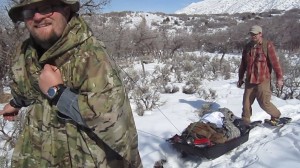
Until next time this is Perry Peacock, “Simplifying Survival”




